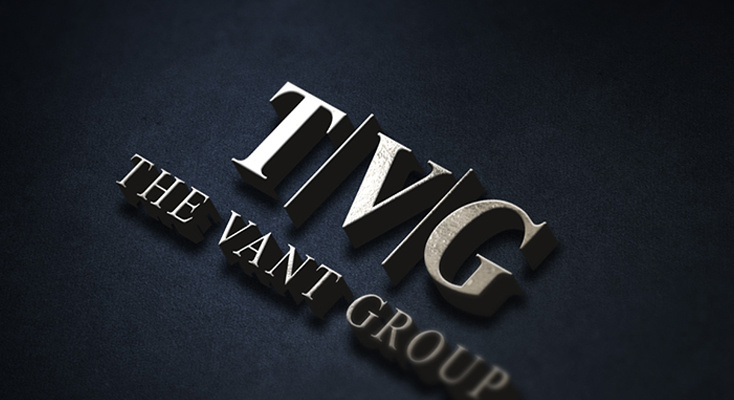Gathering Pertinent Documents- Part I
Developing a marketing package
When studying for a big final exam, attending study groups, preparing classroom notes, and going to the library were keys to success. The same is true for one of life’s biggest exams – selling a business. Having all the pertinent documents ready for the sale will shorten the amount of time it takes to garner the greatest amount of qualified buyers and to attain the highest justifiable price. Without all the pertinent documents, a buyer cannot make an informed purchase decision. The following items are a list of the minimum documents and information needed to prepare a business for sale.
Interim profit and loss statement and balance sheet
The interim financials will bring a buyer up-to-date on the financial strength of a company since the last completed corporate year and resulting tax return. A buyer cannot rely on dated information since sales trends can change monthly. The interim financial information is also necessary for lending institutions, and it is a safe bet that financials dated within 60 days of closing will be needed from buyer as well.
Three years of tax returns and income statements
Three years of data will paint a picture on the financial stability of a company. A prospective buyer needs to analyze sales and earnings trends to determine the direction the business is heading and also to be prepared for any cyclical trends. In addition, buyers need to track and analyze trends in expenses and margins. Even though sales are increasing, it does not mean a business is heading in the right direction. Any fluctuations, good or bad, will ultimately be determined with financial data from the past three years.
Current asset list
It is easier to justify a business sale price if assets comprise a significant part of the sale price. Anything above asset value is goodwill and is more difficult to justify. Comprising an asset list with a total value of the asset at fair market price will create a floor to the value of a business. It is important not to place individual values on assets, but rather to place a total value. By itemizing asset values, a buyer will spend more time questioning the value of individual assets rather than focusing on the collection of assets and the overall business. One exception to not listing out individual asset values exists when outside financing is used for a business transfer. A lender will normally require a fair market value to be placed on all assets over $500 including serial numbers.
Source:
Vantarakis, Alexander and Whitehurst, William. EXIT.
https://www.thevantgroup.com/product/exit-a-business-owners-guide-to-selling-a-company/


